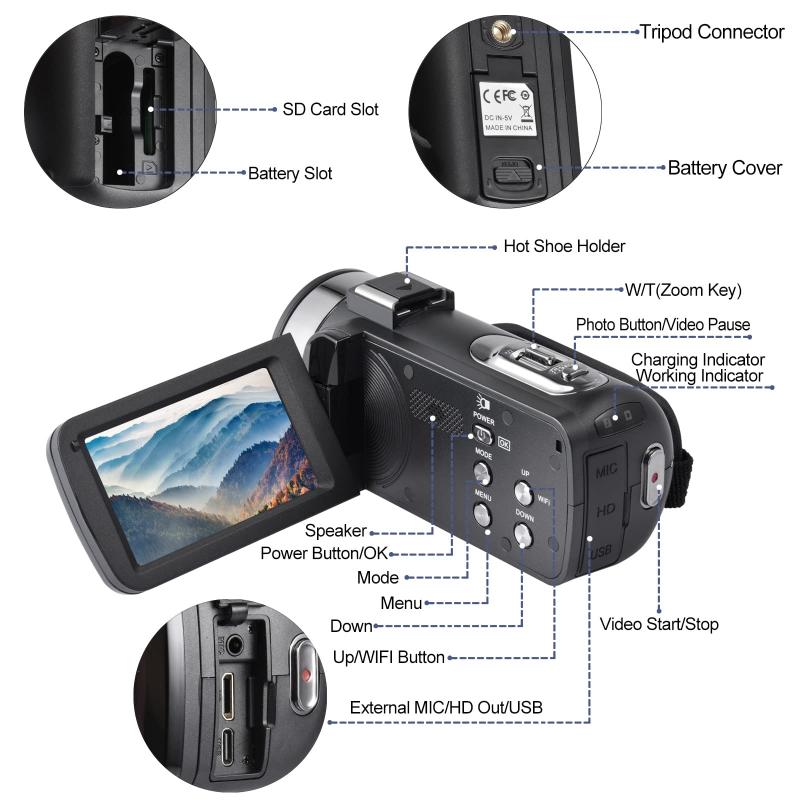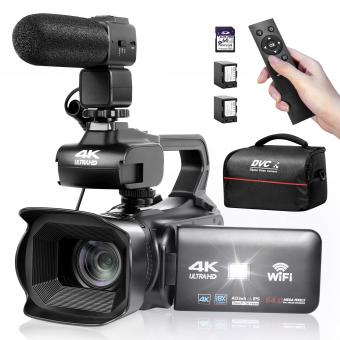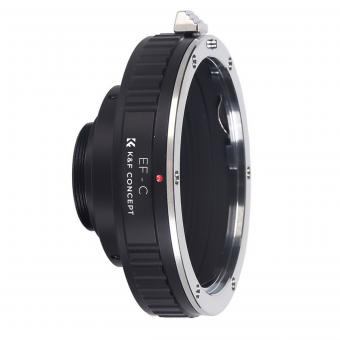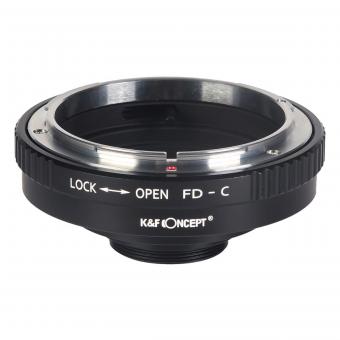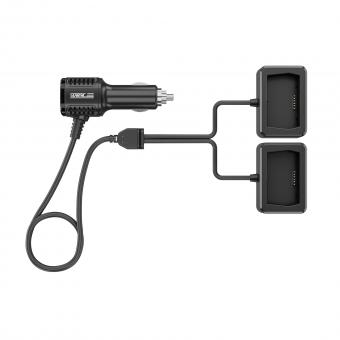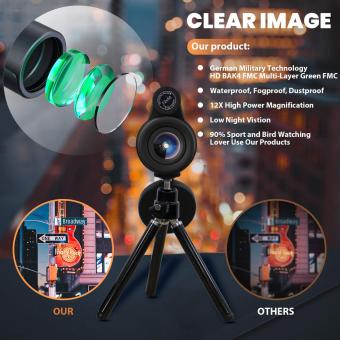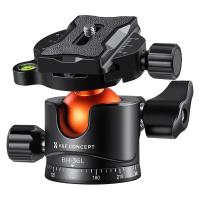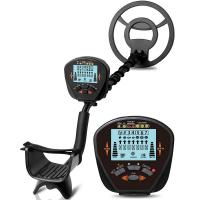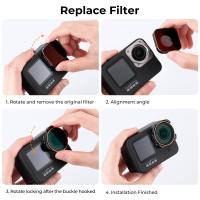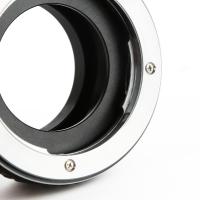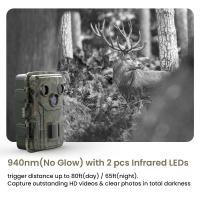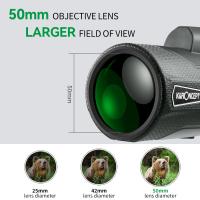Work Out When A Camcorder Video Was ?
To determine the date of a camcorder video, you can look for clues within the video itself or its metadata. Some camcorders display the date and time on the recorded footage, which can be seen in the corner of the video. Additionally, you can check the metadata of the video file, which may contain information such as the creation date and time. This can be accessed by right-clicking on the video file, selecting "Properties," and navigating to the "Details" tab. However, it's important to note that these methods rely on the accuracy of the camcorder's internal clock and the preservation of the original file.
1、 Time stamp analysis
Time stamp analysis is a technique used to determine the exact date and time when a camcorder video was recorded. It involves examining the metadata embedded in the video file or analyzing the visual clues within the video itself.
When analyzing the metadata, the date and time information is usually stored in the video file's properties. This data can be accessed by right-clicking on the file and selecting "Properties" or by using specialized software. By examining this information, one can determine the date and time when the video was created or modified.
However, it is important to note that the metadata can be manipulated or altered, so it may not always provide accurate information. In such cases, visual clues within the video itself can be analyzed. These clues include the presence of calendars, clocks, or other time-sensitive elements that can help establish the timeframe in which the video was recorded.
Additionally, advancements in technology have made it possible to analyze other factors such as lighting conditions, weather patterns, or even the appearance of specific landmarks to further narrow down the time frame. For example, if the video shows a specific event or concert, one can cross-reference the date of that event to determine when the video was likely recorded.
It is worth mentioning that while time stamp analysis can provide valuable insights into the creation date of a camcorder video, it is not foolproof. Manipulation of metadata or the absence of visual clues can make it challenging to determine the exact date and time accurately.
In conclusion, time stamp analysis is a useful technique for determining when a camcorder video was recorded. By examining metadata and visual clues within the video, one can make an educated estimation of the timeframe. However, it is essential to consider the limitations and potential for manipulation when relying solely on this analysis.

2、 Metadata examination
Metadata examination is a method used to determine the date and time when a camcorder video was recorded. Camcorders typically embed metadata within the video file, which includes information such as the date and time of recording, camera settings, and other relevant details. By analyzing this metadata, experts can accurately determine when the video was captured.
The process of metadata examination involves extracting the metadata from the video file and analyzing it using specialized software or tools. This examination can reveal the exact date and time of recording, allowing investigators or analysts to establish a timeline of events.
However, it is important to note that metadata can be manipulated or altered, especially in the case of digital files. Therefore, it is crucial to consider the authenticity and integrity of the metadata during the examination process. Additional factors such as the reliability of the camcorder and the possibility of tampering should also be taken into account.
In recent years, advancements in technology have made it more challenging to manipulate metadata undetectably. Techniques such as blockchain technology and digital signatures are being explored to ensure the integrity of metadata. These developments aim to provide a more reliable and accurate means of determining the date and time of camcorder videos.
Overall, metadata examination remains a valuable tool in determining the recording date of camcorder videos. However, it is essential to approach the analysis with caution and consider the potential for manipulation or tampering.

3、 Video quality assessment
Video quality assessment is the process of evaluating the visual and audio quality of a video recording. It involves analyzing various factors such as resolution, frame rate, color accuracy, compression artifacts, and overall viewing experience. This assessment is crucial in determining the usability and effectiveness of a video for its intended purpose.
To work out when a camcorder video was recorded, video quality assessment can be a useful tool. By analyzing the technical aspects of the video, such as resolution and frame rate, experts can make an educated guess about the time period in which the video was likely recorded. For example, older camcorders typically had lower resolution and lower frame rates compared to modern ones. Additionally, the presence of certain compression artifacts or outdated video formats can also provide clues about the video's age.
However, it is important to note that video quality assessment alone may not provide an accurate timestamp for a camcorder video. Other factors such as the condition of the recording device, the quality of the original footage, and any subsequent editing or processing can affect the overall video quality and make it difficult to determine the exact recording date.
It is worth mentioning that advancements in technology have made it increasingly challenging to accurately determine the age of a camcorder video based solely on video quality assessment. With the availability of high-resolution cameras and sophisticated video editing software, it has become easier to create videos that mimic the look and feel of older recordings.
In conclusion, while video quality assessment can provide some insights into the age of a camcorder video, it is not a foolproof method. Other factors and contextual information may be necessary to accurately determine the recording date.
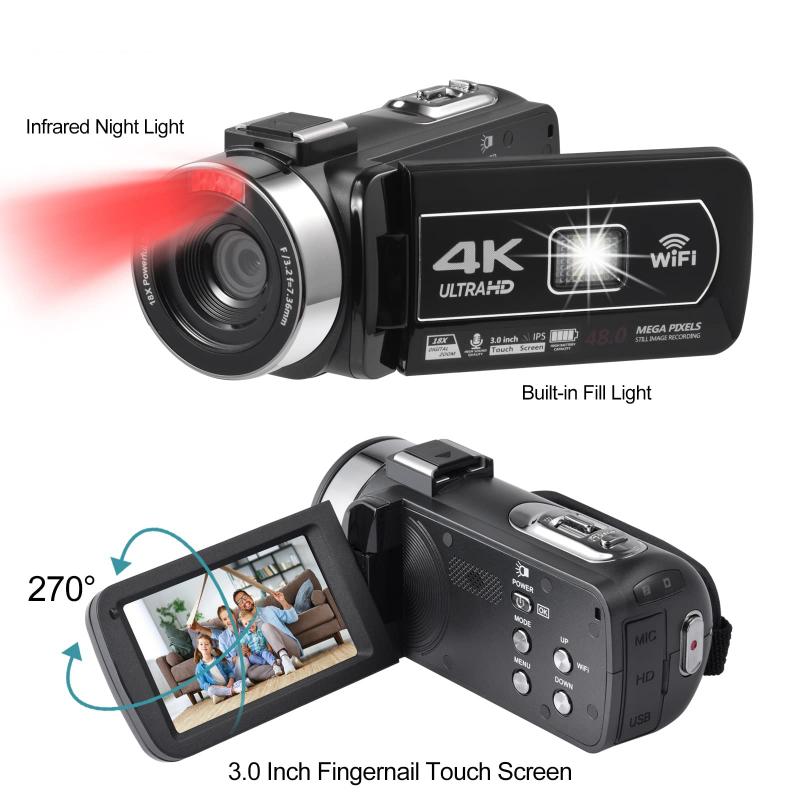
4、 File creation date investigation
File creation date investigation is a method used to determine when a camcorder video was recorded. This process involves analyzing the metadata of the video file to extract information such as the creation date and time. However, it is important to note that the file creation date may not always accurately reflect the actual recording date of the video.
In a typical investigation, forensic experts examine the video file's metadata, which includes details such as the file creation date, modification date, and last accessed date. They also consider the file format and any embedded information within the file. By analyzing this data, they can estimate when the video was recorded.
However, it is crucial to approach file creation date investigation with caution. The file creation date can be easily manipulated or altered, either intentionally or unintentionally. For example, if the video file is copied or transferred to another device, the creation date may change to the date of the transfer rather than the original recording date.
To overcome these challenges, investigators may employ additional techniques such as video analysis, which involves examining the content of the video itself for clues about the recording date. This can include analyzing the environment, people, events, or any other contextual information within the video.
In recent years, advancements in video forensics have made it possible to extract more accurate information about the recording date. These techniques involve analyzing various aspects of the video, such as the camera sensor noise, lighting conditions, or even the presence of specific objects or landmarks.
In conclusion, while file creation date investigation can provide some insights into when a camcorder video was recorded, it is not always foolproof. It is essential to consider other factors and employ additional techniques to ensure a more accurate determination of the recording date.
